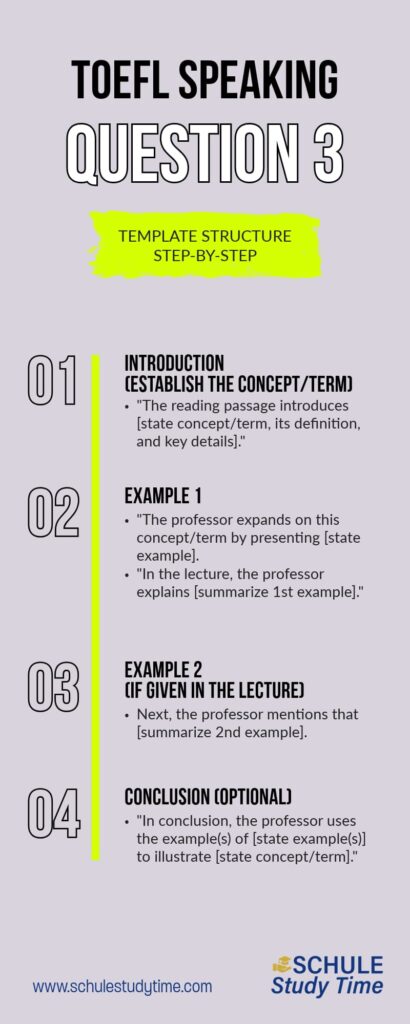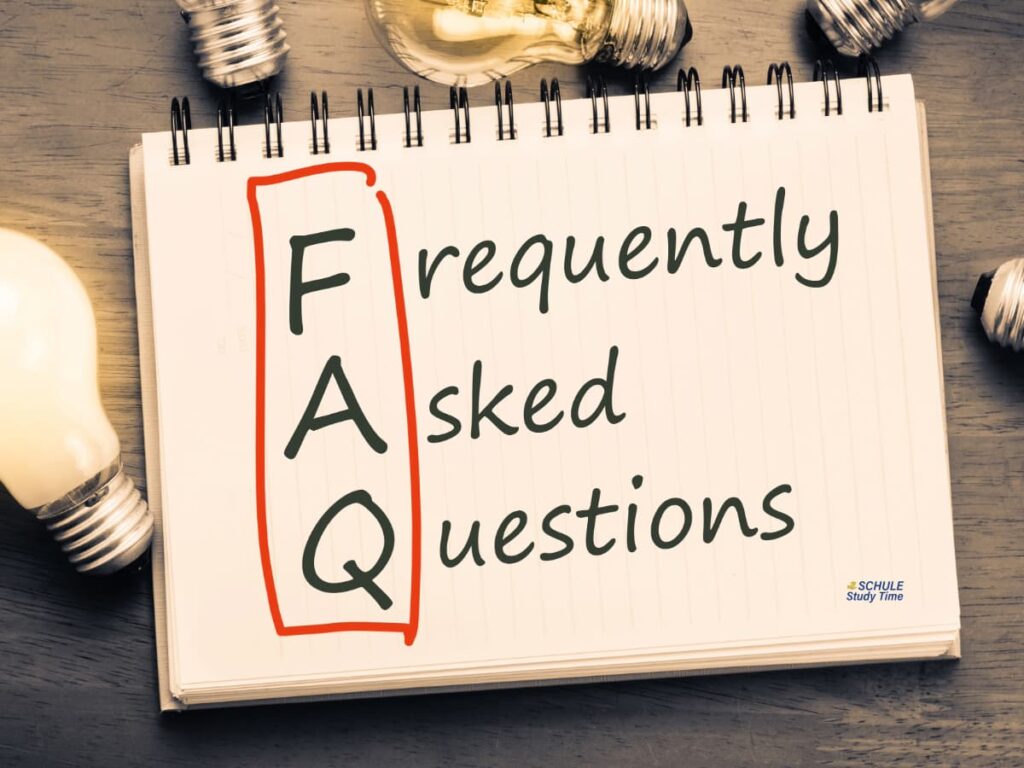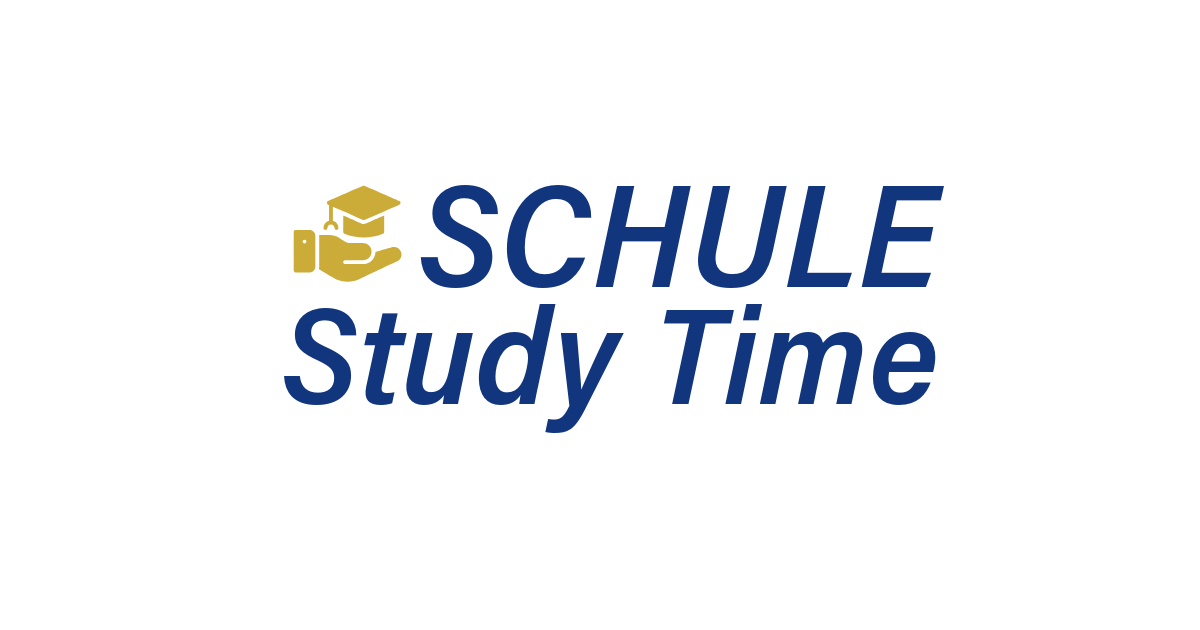TOEFL Speaking Task 3 requires summarising an academic discussion by connecting information from a reading passage and a lecture. This guide, updated for 2025, outlines exactly how to approach this task to deliver a well-structured response every time. You’ll get a practical TOEFL Speaking Task 3 template, an example question breakdown with a response, and note-taking tips to help you answer effectively and stay prepared on test day.
Why Read This Guide?
✅ Learn an effective TOEFL Speaking Template for Task 3
✅ Get key transition phrases to improve fluency
✅ See examples of high-scoring Task 3 responses for better understanding
✅ Avoid common mistakes that lower scores
✅ Find practical study tips to enhance performance
Table Of Contents
What Is TOEFL Speaking Task 3?
TOEFL Speaking Task Three is an integrated task involving reading and listening. Test-takers read a short passage about an academic concept/term and then listen to a lecture on the same topic. This task checks if you can understand, summarize, and organize information from the reading and the lecture.
👉 1️⃣ Let’s begin by exploring the first part of the strategy for handling TOEFL Speaking Task 3: understanding its format
Understanding The TOEFL Speaking Task 3 Format
Understanding the TOEFL Speaking Task 3 Format is the first step to your key to your success. Being aware of what to expect from this task allows you to prepare confidently. The task follows a 5 part structure:
| Section | Details |
| Reading Passage | You get 45 seconds to read a short passage about an academic concept/term |
| Lecture | You will listen to a lecture about an example of the same academic concept/term from the reading passage. |
| Question | You must respond using details and information from the reading passage and the lecture. |
| Preparation Time | You get 30 seconds of preparation time before responding. |
| Speaking Time | You have 60 seconds to respond. |
👉 2️⃣ Now that you know the TOEFL Speaking Task 3 format, the next section covers note-taking—review it carefully.
How To Take Notes For TOEFL Speaking Task 3
Good note-taking is the first step to a strong response in Task 3. In this section, you will understand what notes to write down from the reading and the lecture.
Follow these guidelines below to build a solid, well-supported answer:
- Identify the Main Idea: Read the passage carefully for the key concept/term.
- Note Key Information from the Reading: Write down the concept/term, its’ definition, and essential details from the passage.
- Listening: Focus on the lecture to capture examples and explanations of the concept/term.
- Note Key Details from the Lecture: Write down examples and supporting details from the lecture that expand on the concept/term from the reading.
You can find a practical example of note-taking in the example Task 3 question later on in this guide.
👉 3️⃣ Now, let’s review the TOEFL Speaking Task 3 template for structuring responses.
The TOEFL Speaking Task 3 Template
Using a template for TOEFL Speaking Task 3 helps you organise your thoughts quickly during the short preparation time. The TOEFL Speaking Task 3 Template has 4 parts. Each part of the template includes transitional phrases or sentences to use when speaking. Follow these steps to deliver a top-scoring response within 60 seconds for Task 3.
Part 1: Introduction (Establish The Concept/Term)
“The reading passage introduces [state concept /term, its definition and key details]
Part 2: Example 1
The professor expands on this concept/term by presenting [state example].
“In the lecture, the professor explains [summarize 1st EXAMPLE]
Part 3: Example 2 (If Given In The Lecture)
Next, the professor mentions that [summarize 2nd example]
Part 4: Conclusion (Optional)
“In conclusion, the professor uses the example(s) of [state example(s)] to illustrate [state concept/term] “

👉 4️⃣ The next section features an example of a Task 3 practice question and a top-scoring response that follows this guide’s template. Studying it will help you apply the template to your own responses.
TOEFL Speaking Task 3 Practice Question And Answer Using The Template
This section presents an example of a TOEFL Speaking Task 3 question and a high-scoring response following the template. Study it to understand how to structure your answer.
Reading Passage 📖 – Adaptive Radiation (45 seconds)
Adaptive radiation happens when one species splits into many species, each suited to a different environment. It occurs when a species moves to a new place with plenty of resources and little competition. Over time, those with traits that help them survive, thrive and reproduce, leading to new species. This process increases biodiversity by helping species adapt to different habitats, food sources, and climates. It is common on islands, where isolation speeds up these changes and leads to a variety of species in a short time.
Listening Transcript 🔈
“Today, we’re going to explore adaptive radiation, a process where one species evolves into multiple species, each suited to a different environment. A well-known example of this is Darwin’s finches from the Galápagos Islands. Originally, a single species of finch arrived on the islands. Over generations, different groups adapted to specific food sources. Some finches developed strong beaks to crack hard seeds, while others evolved long, thin beaks to catch insects. These changes allowed them to survive in different ecological niches. This process happens quickly in evolutionary terms, illustrating how species can diversify when exposed to new environmental conditions. Adaptive radiation plays a key role in the developing biodiversity and the evolution of new species.”
Question (30 sec Preparation Time, 60 sec Response Time)
Using the examples of Darwin’s Finches explain the concept of adaptive radiation.
Example Notes: Adaptive Radiation Question
Taking clear and organised notes is essential for answering TOEFL Speaking Task 3 effectively. Below is an example of how you can structure your notes for this question.
Reading Passage Notes 📖
- Adaptive radiation → 1 species → many species
- Happens in new places (more resources, less competition)
- Over time → traits help survival → new species form
- Increases biodiversity (species adapt to different environments)
Listening Passage Notes 🔈
- Example: Darwin’s finches (Galápagos Islands)
- Single species arrived → different food sources → evolved
- Strong beaks → crack seeds
- Slender beaks → catch insects
- Evolutionary process → new species form + adapt
🚨 PLEASE NOTE – This note-taking example is for illustrative purposes only. During the test, you will not have the time to write out full words and sentences. It is, therefore, necessary that you come up with a note-taking system for the TOEFL Speaking Test.
High Scoring Sample Answer 🗣️
Using the TOEFL Speaking Task 3 template, the response can be structured as follows:
“The reading passage introduces adaptive radiation. This happens when one species splits into many, each suited to a different environment. It occurs when a species moves to a new place with many resources and little competition. Over time, those with helpful traits survive, reproduce, and form new species, which increases biodiversity.
The professor expands on this by discussing Darwin’s finches. In the lecture, the professor explains that a single finch species arrived in the Galápagos Islands. Over time, the species evolved and adapted to new food sources on these islands. Some finches developed strong beaks to crack seeds, while others evolved slender beaks to catch insects.
In conclusion, the professor uses Darwin’s finches to illustrate how adaptive radiation helps species change and survive in different environments.”
Want to know how TOEFL Speaking answers are evaluated? Review the official ETS TOEFL Speaking scoring rubric
👉 5️⃣ Up next, learn about the most frequent TOEFL Speaking Task 3 mistakes and ways to prevent them.
Common Mistakes To Avoid In TOEFL Speaking Task 3
To ensure you score highly on Task 3, you must avoid mistakes that can lower your score. Here are some of the main pitfalls to look out for and how to avoid them.
- Ignoring Key Details: Ensure you take notes on key information from both the reading and the lecture. From the reading, capture the concept/term, its definition, and any specific details which explain it. From the lecture, note examples, explanations, or key details that demonstrate the topic from the reading.
- Lack of Organization: Follow a structured template.
- Speaking Too Slowly or Quickly: Balance clarity with pace to fit within 60 seconds.
👉 6️⃣ The following section outlines key strategies to help you get ready for TOEFL Speaking Task 3.
How To Study For TOEFL Speaking Task 3
Consistent practice is key to boosting your TOEFL Speaking Skills for the exam. Here are some essential study tips to help you improve your speaking for TOEFL Speaking Task 3.
| Study Tip | Purpose/Benefit |
| Use a TOEFL Speaking Task 3 Template | Structure your response effectively and improve clarity when answering the question. |
| Use a Variety of Topics | Practice answering questions on diverse subjects to broaden your skills. |
| Record Your Answers | Evaluate your fluency and clarity by listening to your recorded responses. |
| Review and Analyze Your Responses | Compare your answers to high-scoring answers to identify areas for improvement. Seek feedback from teachers or study partners on your speaking. |
| Practice Note-Taking | Summarize lectures from online resources to enhance comprehension and retention skills. |
👉 7️⃣ The next section provides free links and resources to support your TOEFL Speaking test preparation.
Links and Resources to Increase Your TOEFL Speaking Score
Check out our other TOEFL prep guides to improve your score:
🔗 TOEFL Speaking Task 1 Guide – Learn a step-by-step strategy for Task 1 responses.
🔗 TOEFL Speaking Task 2 Guide – Summarise campus conversations and explain opinions clearly.
🔗 TOEFL Speaking Task 4 Guide – Summarise lectures with key points and examples.
🔗 TOEFL Test Prep Hub – Explore our blog for expert tips and strategies.
👉 8️⃣ Review the Key Takeaways Summary for important tips, and visit the FAQs for extra guidance on TOEFL Speaking Task 3 preparation.
Key Takeaways
Remember these key takeaways from this guide when practising Task 3 during your study time.
- TOEFL Speaking Task 3 requires reading a short passage and listening to a lecture.
- Write short, clear notes. Note the concept, meaning, and key details from the reading. From the lecture, write down examples, explanations and key details that support the concept.
- Practice with TOEFL Speaking Task 3 sample questions. Record your answers to check clarity and timing.
- Follow a TOEFL Speaking Task 3 Template to organize your response clearly and logically.
TOEFL Speaking Task 3 FAQs
Test takers find task 3 the most difficult. Here are some common questions test takers have about TOEFL Speaking Task 3. Read these questions for helpful information and tips to help you with this Task 3.

What If I Don’t Know Anything About The Topic For TOEFL Speaking Task 3?
Don’t worry if you are not familiar with the topic. TOEFL Speaking Task 3 tests your ability to understand and summarize information presented to you, not your prior knowledge. Focus on understanding the key points from the reading passage and the lecture, and use those to create your response.
What If I Don’t Understand Some Of The Words In The Reading And Listening Passage?
If you don’t understand some words, focus on the context and other parts of the passage or lecture that you do understand. Often, you can figure out the general meaning without knowing every word but concentrate on the main idea and how the example supports it.
How Long Should My Response Be For TOEFL Speaking Task 3?
Your response should be around 60 seconds. It’s essential to be concise and stay focused on the key information from the reading and the lecture. Practice timing your responses during your study practice times to ensure you remain within the time limit.
Is It Necessary To Include A Conclusion For TOEFL Speaking Task 3?
Including a conclusion is helpful, but it’s optional. If you have enough time after summarizing the main points from the reading and the lecture, you can add a short conclusion to restate how the lecture supports the reading.
How Do I Take Effective Notes For The Reading And During The Lecture?
Use short phrases, abbreviations, and symbols to capture key points. Focus on the main concept and any examples the professor gives. Practising note-taking will help you improve your speed and efficiency.
✅ We hope this 8-Step TOEFL Speaking Task 3 Answer Guide was helpful! Have a look at our blog, TEST PREP HUB, for FREE expert articles and resources to help you get ready for the TOEFL Speaking test with confidence.

